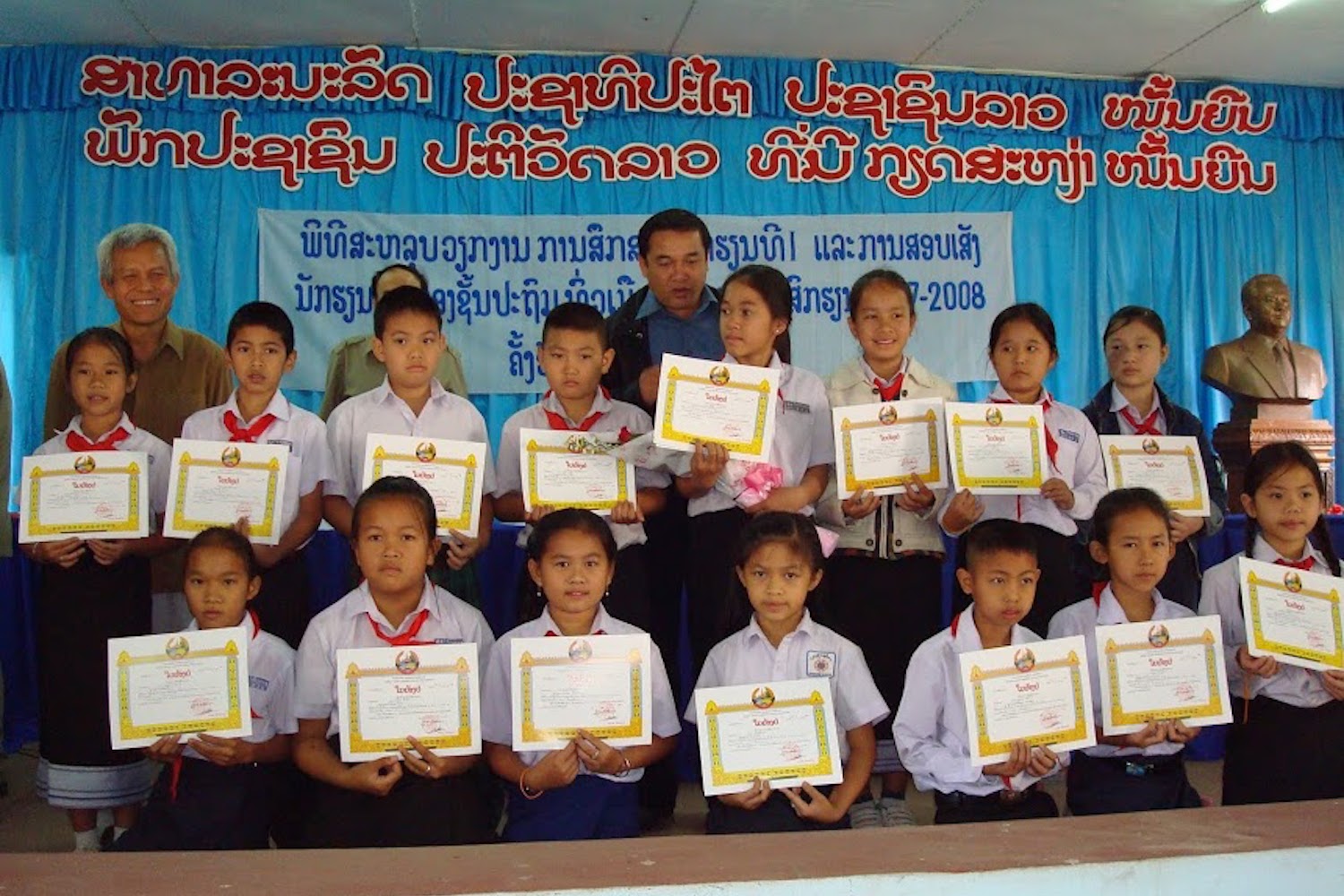The Diplomat: May 28, 2025
By Andrea Giorgetta

The Lao civil society leader disappeared at a police checkpoint in 2012. Foreign governments should not allow his memory to fade.
The enforced disappearance of Lao civil society leader Sombath Somphone is something the government of Laos has consistently tried to avoid talking about, hoping that the passage of time would cause this case to fall into oblivion.
This strategy is destined to fail. Sombath’s case will continue to vex the government and further tarnish its already abysmal human rights record until Vientiane musters the political will to explain where Sombath is and what happened to him.
On December 15, 2012, Sombath vanished after being stopped at a police checkpoint in Vientiane. He was never seen again. Since then, international civil society groups and United Nations human rights bodies have repeatedly demanded that the Lao government find Sombath or reveal what happened to him.
Many foreign governments have also joined the chorus of concern, demanding answers from the Lao government. They have mostly done so during the U.N.-backed cyclical review of the human rights record of Laos, which is known as the Universal Periodic Review (UPR).
During the second UPR of Laos in January 2015, Sombath’s case was publicly raised by 16 countries. During the third UPR in January 2020, seven countries were still voicing their concern about Sombath’s fate.
During the fourth and most recent UPR on April 29 of this year, the Lao government probably thought it had finally put Sombath’s case to rest. Unlike in the previous two UPRs, the government delegation that attended the review at the U.N. Human Rights Council in Geneva remained silent on Sombath. This was almost certainly a deliberate tactical silence, aimed at preventing criticism from non-governmental organizations over false claims that the Lao authorities were continuing to investigate Sombath’s disappearance.
It was also facilitated by the fact that only one country, Canada, publicly named Sombath. Japan fell short of mentioning Sombath, and, in apparent reference to him, cited “the case of the missing human rights defender” – an expression that echoed a similar one used by the European Union in a joint statement following a bilateral human rights dialogue in 2015, to avoid upsetting the Lao government.
This descending trajectory of international concern at the UPR is disappointing for civil society and Sombath’s family – particularly Sombath’s wife, Singaporean national Shui-Meng Ng. Ng met with diplomats from numerous countries ahead of each of the last three UPRs to ask them to use this mechanism to seek answers from the Lao government on her husband’s case.
However, Canada’s lone recommendation on Sombath is important. By September, the Lao government will have to provide a response to all the 257 UPR recommendations it received on April 29.
Canada recommended that the Lao government conduct “credible investigations into all alleged cases of enforced disappearance, including that of Sombath Somphone and other human rights defenders.” Canada’s recommendation means the Lao government will have to take a public position on Sombath’s case, by either accepting or not accepting that recommendation. If it accepts it, the government acknowledges that Sombath has been a victim of enforced disappearance and commits to conduct a credible investigation into his case. If it does not accept it, the government has an obligation to justify its refusal in writing.
Most importantly, governments from other countries will have an opportunity to take the floor again at the U.N. in Geneva later this year as part of the adoption of the UPR of Laos. They should effectively use that time and space to explicitly raise their concern over Sombath’s case. This is particularly true for the 20 countries that made recommendations on the issue of enforced disappearance without mentioning Sombath by name.
Governments should not be afraid of naming Sombath, who embodies the issue of enforced disappearance in Laos and the wider region. To date, no case of enforced disappearance in Laos has been resolved and no perpetrators have been identified or brought to justice. Standing up for Sombath is standing up for all the many other victims of enforced disappearance in the country. It is the most effective way to ensure that these victims are not forgotten and to demand justice and accountability for this serious crime.
